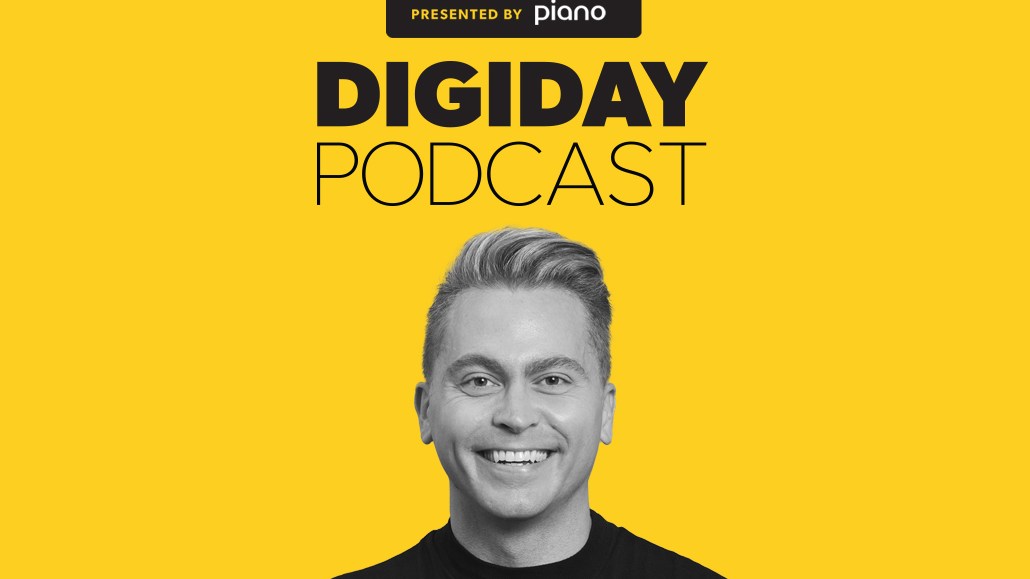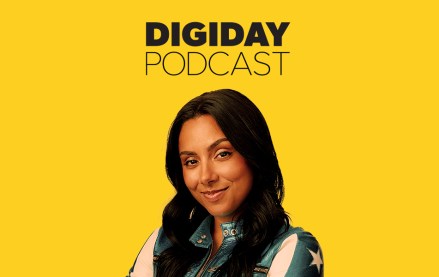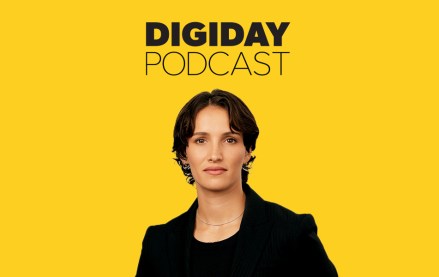Insights from CTV leaders at Dentsu, Horizon Media and more
How BDG is threading together communities on its social media platforms

Subscribe: Apple Podcasts • Spotify
A lot has changed in the social media ecosystem over the last couple of weeks: Meta launched its Twitter competitor, Threads, Twitter was rebranded to X and TikTok announced its new e-commerce endeavor designed to compete with Shein and Temu. Understanding how these changes impact creators on those platforms, like publishers, can help shed some light on what the larger media and marketing industries will face in the fallout of these shifts.
Enter BDG’s Wesley Bonner, svp of social and audience development, who has overseen the social strategy for the publisher’s portfolio of brands, including Bustle, Inverse, Romper and W, for the past six years. The launch of a new major social media platform has kept his team busy the past few weeks, but has also represented a new opportunity to connect with audiences in a more conversational way.
On the latest episode of the Digiday Podcast, Bonner talks about how his team is approaching posting on Threads to build engagement before monetizing, as well as how this new platform plays into the company’s larger strategy of creating original social media content both on set with celebrities and through its creator network.
Highlights of the conversation have been lightly edited and condensed for clarity.
Threads’ advantage: light, fresh and playful
We’re not going on to Threads from the Bustle handle and getting into politics or local news. It’s very much these cultural conversations that have a relatability standpoint or are humorous. Our goal right now [is to] build an active audience and then later, when that’s all stable and high engagement and all that, then we can try to convert that into something that we might get to sell against.
Historically for Twitter, we had multiple KPIs there. We saw Twitter for most of our brands as a potential traffic driver to the site [rather] than as an ecosystem of community and conversation, I think because we have a lot of legacy audiences there. Some of our brands would have some viral success on Twitter, usually, they were image-based posts from photoshoots, or our content that was exclusive, featuring celebrities [but with Twitter removing its Moments tab, that’s changed.]
What’s been promising about Threads is most of our brands still have a larger following on Twitter, but the algorithm is so new [on Threads] and in this learning phase, we’re getting surfaced to so many more people than our Tweets.
Threads is intriguing advertisers
We have gotten questions about Threads, for sure, and currently there are no ad products, there’s no distribution on the platform, there’s no branded content tools, etc. And so everything is kind of an organic play, which may make sense for a certain advertiser, but probably not something we’ll package and productize until next year.
Early (and free) engagement with brands on Threads
But I will say one interesting thing that’s come out of the Threads launch is our partners have asked us to engage with them on Threads. So you see Spotify is doing a lot of prompts like, “What’s your song of the summer?” or “What song have you streamed the most this summer?” And so our brands have been interacting with those kinds of other brand prompts. Spotify is a great partner for us on the advertising side, but [how] we’re engaging with them on Threads is separate from that. It’s just because it aligns with what we would do and talk about from our brand’s perspective anyway.
More in Podcasts

Michelle Khare on building Emmy-worthy content — one challenge at a time
Michelle Khare’s not just taking on wild YouTube challenges — she’s eyeing an Emmy while she’s at it. Tune in for a peek behind the curtain at how she’s leveling up creator content.

How TikTok’s ‘The Secret Lives of Mormon Wives’ landed on Hulu, with Select Management Group’s Danielle Pistotnik
The talent manager and executive producer of “The Secret Lives of Mormon Wives” joined the Digiday Podcast to break down the process of the reality show finding a home on Hulu.

Digiday Podcast at Cannes: Former Bachelorette Rachel Lindsay makes the case for creators
Between panels and parties, creators are looking to get face time with ad execs, brand marketers and partners like Spotify. However, rather than coming to the Croisette to strike deals, they’re playing a long game.








